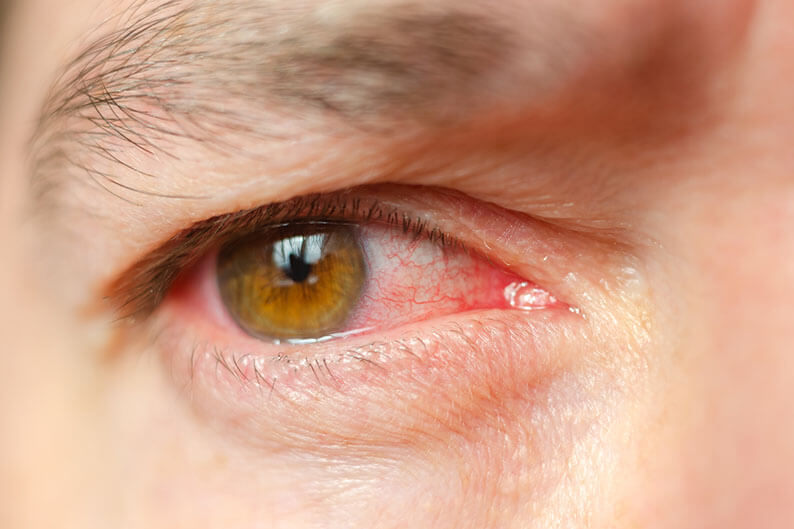
Pink eye, the common name for conjunctivitis, is an inflammation or infection of the conjunctiva. The eye appears pink in conjunctivitis because the blood vessels are dilated. Pink eye is often accompanied by a discharge, but vision is usually normal and discomfort is mild.
Either a bacterial or a viral infection may cause conjunctivitis. Viral conjunctivitis is more common, and may last several weeks. It may be accompanied by an upper respiratory infection (or cold). Unlike viruses, bacterial conjunctivitis is treated with a variety of antibiotic eye drops or ointments. This will typically relieve the infection in a day or two.





